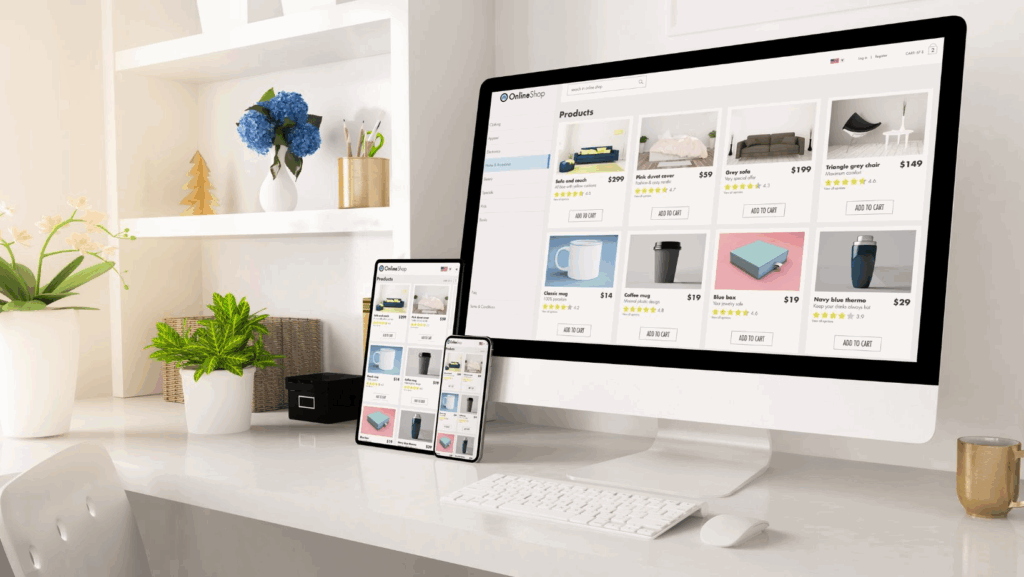It might not be immediately obvious, but every great Shopify store follows a trend. And no, it’s not a fancy theme or a complex app stack. It is, in fact, how the product page feels the moment that visitors land on it. If you scan the coolest shopify stores by Omnisend, you will notice the same patterns coming up over and over again.
You will always notice clarity, proof, and speed. These are the three ingredients for an experience that almost always earns trust and leads visitors toward the checkout button. If you don’t have these, then you are clearly missing out.
Why Images Carry More Weight Than Words
First impressions are almost always visual. If you were a visitor to a website, you will feel more reassured if you see a crisp, high resolution on the site compared to bulks of texts that are hard to interpret.
Most people want to see color, texture, and scale without having to guess at all. This means that when you use a clean hero shot followed by a lifestyle image that shows how the product looks in use, you can guarantee that your visitors will label your site as credible and reliable.
Some examples would be a cookware brand showing a pan on a stove with delicious-looking food sizzling inside. A furniture store can show a side of a chair next to a table for scale reference. These kinds of images make it easier for people to imagine the products in their own lives. This helps drop hesitation significantly.
Copy That Teaches Instead of Sells
Contrary to popular belief, strong product copy does not have to be flashy at all. It also doesn’t need to contain a lot of fluff. It just needs to explain and explain properly at that. Buyers tend to trust copy that are straightforward. They need to be able to answer questions like, What does it do? Who is it for? What is it made of?
Trust Signals That Close the Gap
Most of the time, it’s the difference between people trusting your product and still having doubts about it that make or break your business. Make sure that you have a lot of trust signals that would help you build credibility.
According to multiple e-commerce studies, people are more likely to easily trust a product when they see real reviews and ratings. Reviews that include as much data as can be included are the strongest. After all, this shows potential buyers the things that they can expect regarding the product and whether or not they want or need to buy it.

Policies matter just as much. You must make your return policy clear and reassuring. Don’t bury the link in the footer or make the message so vague that people will start to think you’re being shady on purpose. Shipping information and warranty terms should be just as visible. Buyers want to be able to know exactly what happens if something goes wrong.
Speed Is Silent But Crucial
It’s always a bummer when visitors to a site are forced to leave it because it takes too long to load. According to Google, even a one-second delay can shave off a significant percentage of conversions.
Make sure that you optimize images, trim unnecessary apps, and keep the layout of your website stable. Once you perfect the ideal user experience, you can guarantee that more people will proceed to the checkout page. You need to always make an effort to communicate to visitors of your site that your website is reliable and competent.
The Takeaway
Product pages do not need to be built on hype. They sell better when they are clear, straightforward, and radiate reliability all throughout the. Make sure that your images are effective and that your copy answers all essential questions.
In the end, the result is a page that works. Store owners must always focus on clarity, proof, and speed, then let data guide other refinements. This is how browsers turn into buyers and, eventually, loyal customers.

